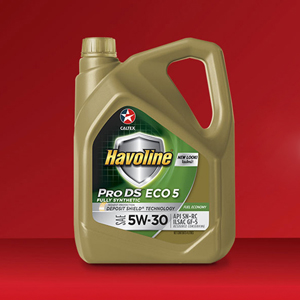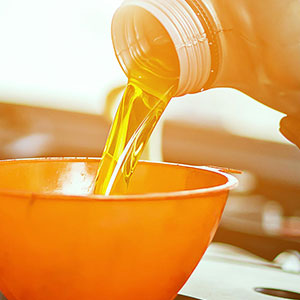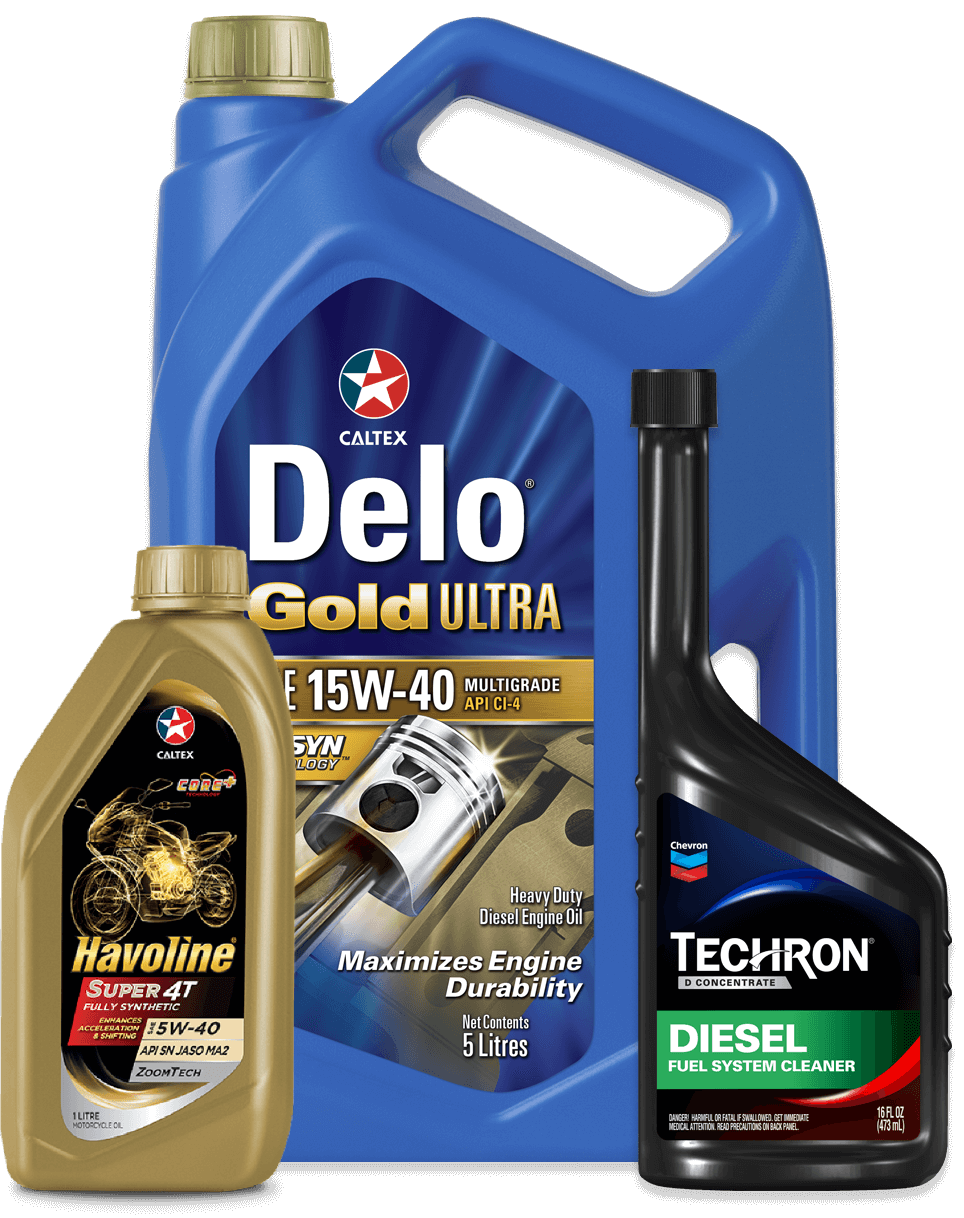Lubrication has been around since the invention of the wheel. Horse-drawn carts with wooden axles used meat greases, pine tar and various forms of animal fat as lubricants. Later, Linseed oil, originally a wood preserver, briefly replaced them as the primary lubrication agent.
The earliest internal combustion engines used a product derived from refined crude oil. This was the beginning of the modern base oil. As IC engines became more complex and operated at higher speeds and temperatures, there was a need for better lubrication that could keep up with modern engines. So, additives were supplemented with the base oils. This combination had improved viscosity and protected the engines from wear, friction and resisted corrosion better.
In modern cars, the base oil is still the primary catalyst for better engine performance. It forms 75%-80% of the finished product while the additives (10%-20%) and the viscosity index improver, which keeps the viscosity within a threshold at higher temperatures, make up the rest of the engine oil composition along with a variety of inhibitors.
We currently produce base oil by refining crude oil. Less than 1% of the standard 42-gallon barrel of crude oil is used to make lubricants—while the rest becomes gasoline, diesel and kerosene-type jet fuels.
Base oils are classified by the American Petroleum Institute into five groups labeled I-V based on how the oils are processed.
Group II oils are distinguished from less refined Group I by their higher purity, low levels of sulfur, nitrogen and aromatics, and superior oxidation stability. Pure Group II base oil is actually clear as water – it’s the additives that give finished motor oil its darker color. Group I oils are not suitable for applications requiring premium base oils, and their use is steadily declining. Group II oils can be substituted for many Group I applications. The base oils in these Groups (I and II) are typically referred to as “mineral conventional base oils.”
Group III and IV base oils are high quality oils intended for use in high performance, low viscosity motor oils (such as 0W-20) in technically advanced automotive engines. Oils made from these base oils are classified as synthetics. They exhibit superior oxidation properties, support improved fuel economy, and may allow for extended drain intervals. In some parts of the world, Group IV – also known as “poly-alpha olefins” or PAOs – are considered to be the ONLY base oil that is truly synthetic.
Automotive manufacturers and lubricant producers have used Groups I to V base oils depending on the application. Demanding applications, like high temperature performance in turbochargers, extreme cold temperature climates, long drain intervals, or even stop and go traffic conditions require a higher level of performance that can be achieved by selecting the “correct base oil” for the engine oil formulation.
Base oils are described by four physical properties that dictate how they will perform in service:
- Pour point. The lowest temperature at which a sample of oil can be poured determines the pour point.
- Viscosity. An oil’s resistance to flow defines the viscosity. Honey, for example, is more viscous than water.
- Viscosity index (VI). As an oil’s temperature changes, so does its viscosity, defining its VI. A high-VI oil, for example, changes viscosity less with temperature than a low-VI oil. The multi-grade engine oils specified by vehicle makers require high-VI base oils as a starting place in the formulation process. High-VI base oils have lower volatility and are designed to operate at low as well as high temperatures.
- Purity. Constituents of many lubricants such as sulfur, nitrogen and polycyclic aromatic compounds must be held within strict limits
The key takeaway to remember about base oils is that they provide a large part of the performance characteristics of the finished oil formulation. Selecting the correct base oil type is critical in developing oils that will keep metal parts lubricated and equipment performing at its best. Base oils are only a part of the formulation in oils. Scientists and engineers need to also consider the impact of additive technology as well. The final performance of any lubricant is the combination of base oils, additives, and formulating knowledge for the application.
Lubrication has been around since the invention of the wheel. Horse-drawn carts with wooden axles used meat greases, pine tar and various forms of animal fat as lubricants. Later, Linseed oil, originally a wood preserver, briefly replaced them as the primary lubrication agent.
The earliest internal combustion engines used a product derived from refined crude oil. This was the beginning of the modern base oil. As IC engines became more complex and operated at higher speeds and temperatures, there was a need for better lubrication that could keep up with modern engines. So, additives were supplemented with the base oils. This combination had improved viscosity and protected the engines from wear, friction and resisted corrosion better.
In modern cars, the base oil is still the primary catalyst for better engine performance. It forms 75%-80% of the finished product while the additives (10%-20%) and the viscosity index improver, which keeps the viscosity within a threshold at higher temperatures, make up the rest of the engine oil composition along with a variety of inhibitors.
We currently produce base oil by refining crude oil. Less than 1% of the standard 42-gallon barrel of crude oil is used to make lubricants—while the rest becomes gasoline, diesel and kerosene-type jet fuels.
Base oils are classified by the American Petroleum Institute into five groups labeled I-V based on how the oils are processed.
Group II oils are distinguished from less refined Group I by their higher purity, low levels of sulfur, nitrogen and aromatics, and superior oxidation stability. Pure Group II base oil is actually clear as water – it’s the additives that give finished motor oil its darker color. Group I oils are not suitable for applications requiring premium base oils, and their use is steadily declining. Group II oils can be substituted for many Group I applications. The base oils in these Groups (I and II) are typically referred to as “mineral conventional base oils.”
Group III and IV base oils are high quality oils intended for use in high performance, low viscosity motor oils (such as 0W-20) in technically advanced automotive engines. Oils made from these base oils are classified as synthetics. They exhibit superior oxidation properties, support improved fuel economy, and may allow for extended drain intervals. In some parts of the world, Group IV – also known as “poly-alpha olefins” or PAOs – are considered to be the ONLY base oil that is truly synthetic.
Automotive manufacturers and lubricant producers have used Groups I to V base oils depending on the application. Demanding applications, like high temperature performance in turbochargers, extreme cold temperature climates, long drain intervals, or even stop and go traffic conditions require a higher level of performance that can be achieved by selecting the “correct base oil” for the engine oil formulation.
Base oils are described by four physical properties that dictate how they will perform in service:
- Pour point. The lowest temperature at which a sample of oil can be poured determines the pour point.
- Viscosity. An oil’s resistance to flow defines the viscosity. Honey, for example, is more viscous than water.
- Viscosity index (VI). As an oil’s temperature changes, so does its viscosity, defining its VI. A high-VI oil, for example, changes viscosity less with temperature than a low-VI oil. The multi-grade engine oils specified by vehicle makers require high-VI base oils as a starting place in the formulation process. High-VI base oils have lower volatility and are designed to operate at low as well as high temperatures.
- Purity. Constituents of many lubricants such as sulfur, nitrogen and polycyclic aromatic compounds must be held within strict limits
The key takeaway to remember about base oils is that they provide a large part of the performance characteristics of the finished oil formulation. Selecting the correct base oil type is critical in developing oils that will keep metal parts lubricated and equipment performing at its best. Base oils are only a part of the formulation in oils. Scientists and engineers need to also consider the impact of additive technology as well. The final performance of any lubricant is the combination of base oils, additives, and formulating knowledge for the application.

About Author
Dave has over a decade of lubricants experience in Research, Product Development, and technical workshop training. He has a passion for science, and Dave has held various technical positions as a scientist from Greases to Passenger Car and Motorcycle Engine Oils. He loves to talk oils and science, and has been involved in several training workshops giving reason to why people should be excited and care about oils and additives. He’s currently the Consumer Brand Technical and OEM Manager where he’ll be developing the Havoline Engine Oils and Aftermarket Fuel Additives product strategy for the globe. Dave will interface with technology, business colleagues, and customers in support of Consumer Brands. Dave has a Ph. D. in Chemistry, Patents on lubricant composition and manufacture, and extensive engine oil formulation experience.
ARTICLES FOR YOU
ARTICLES FOR YOU

Trends in Passenger Car Motor Oils: Evolving Engine Technology Driving Change

GM’s dexos1™ PCMO Specification Knowledge

How Synthetic Oils Are Helping Cars Last Longer

Synthetic Oils Are The Wave Of The Future For Passenger Cars
Need more assistance?
Begin your journey towards world class products and services with Caltex.













